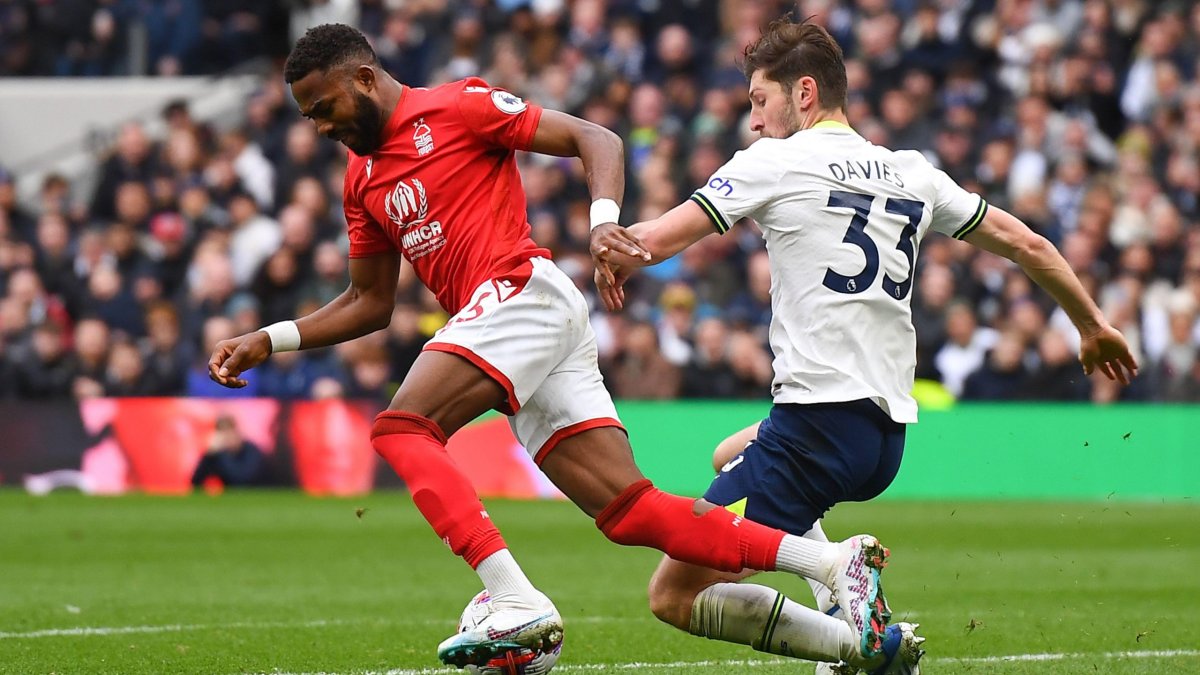Accurately evaluating defensive performance has always been one of the biggest challenges in football analytics. Not only is it hard to isolate the contribution of individual defenders, there is also a lack of objective defensive measures.
While tackles, interceptions, and clearances are commonly used, adjusted for possession or not, they do not necessarily capture the full extent of a defender's contribution to the team's overall defensive performance.
That is why PFF introduced its renowned player grades to the beautiful game, evaluating every player for every event during a game, including for defensive positioning. Positioning grades are given for players that are out of position allowing the opponents to advance the ball or who lose their man while marking.
The grades escalate based on how dangerous the opportunity the positioning allows. Positive grades are rare and are reserved for “active positioning” such as stepping up to catch an opponent offside.
Obviously, playing time has a big impact on the sum of positional grades: you cannot be out of position if you are not on the pitch. It turns out certain positions on the field are more prone to being out of position than others. Full backs have a tendency to be out of position more often than other positions, with center backs, central midfielders, goalkeepers, wingers & attacking midfielders, and center forwards following in that order.

The relationship between positions, minutes played and the total sum of defensive positioning grades also allows us to easily identify the three players at the top and bottom in performance per position.
Goalkeepers (GK)
Top 3: Vicente Guaita (Crystal Palace), Ederson (Manchester City), Robert Sánchez (Brighton & Hove Albion)
Bottom 3: Illan Meslier (Leeds United), José Sá (Wolverhampton Wanderers), Bernd Leno (Fulham)
Full backs (FB)
Top 3: Rico Henry (Brentford), Solly March (Brighton & Hove Albion), Joël Veltman (Brighton & Hove Albion)
Bottom 3: Trent Alexander-Arnold (Liverpool), Serge Aurier (Nottingham Forest), Kyle Walker-Peters (Southampton)
Centre backs (CB)
Top 3: Ruben Dias (Manchester City), Sven Botman (Newcastle United), Ben Davies (Tottenham)
Bottom 3: Tim Ream (Fulham), Steve Cook (Nottingham Forest), Thilo Kehrer (West Ham)
Central Midfielders (CM)
Top 3: Granit Xhaka (Arsenal), Declan Rice (West Ham), Joelinton (Newcastle United)
Bottom 3: Romeo Lavia (Southampton), Lewis Cook (Bournemouth), Cheikhou Kouyaté (Nottingham Forest)
Wingers & Attacking Midfielders (WAM)
Top 3: Mohamed Salah (Liverpool), Bukayo Saka (Arsenal), Jack Grealish (Manchester City)
Bottom 3: Bruno Fernandes (Manchester United), Mohamed Elyounoussi (Southampton), Michael Olise (Crystal Palace)
Centre Forwards (CF)
Top 3: Erling Haaland (Manchester City), Jamie Vardy (Leicester City), Danny Welbeck (Brighton & Hove Albion)
Bottom 3: Bryan Mbuemo (Brentford), Che Adams (Southampton), Kieffer Moore (Bournemouth)
It is important to note that for attacking players, having less defensive positional downgrades might signal less defensive activity instead of better defensive performance.


 © 2025 PFF - all rights reserved.
© 2025 PFF - all rights reserved.